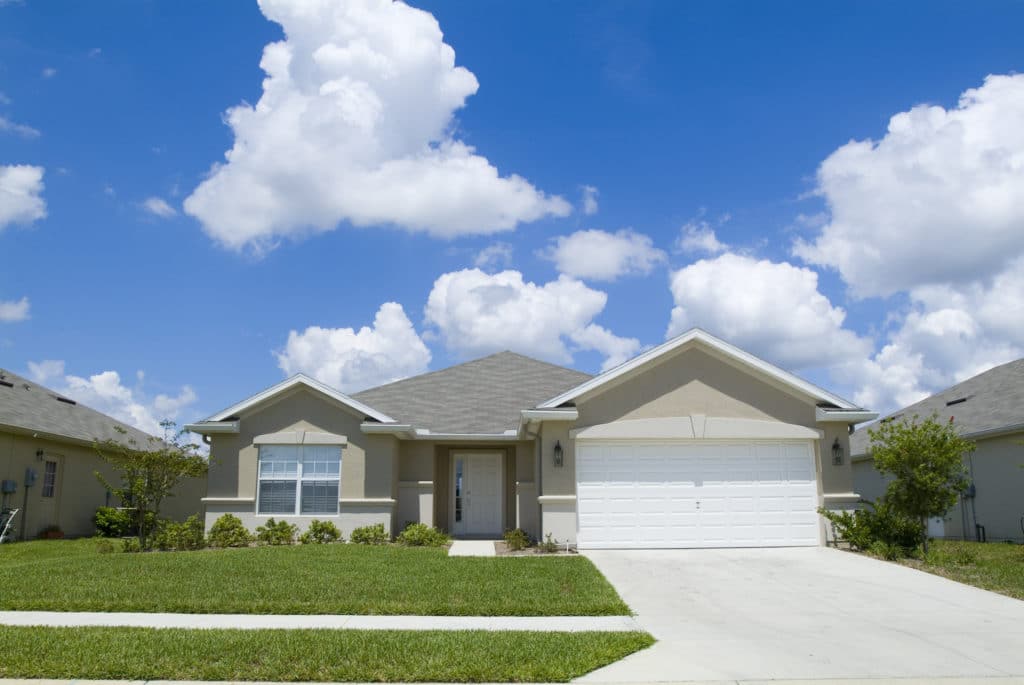Buyers
SENIOR HOUSING ASSET CLASSES
Senior housing properties usually provide both housing and ancillary services, such as assistance with ADLs (Activities of Daily Living). There are three primary asset classes, which include independent living, assisted living and skilled nursing. Memory care can be considered in its own separate category or as a subset of assisted living. The National Investment Center for Seniors Housing and Care (NIC) provides detailed descriptions of all senior housing property types, as well as comprehensive research and resources for owners, operators and investors of senior housing.
In recent years, tech giants Apple and Amazon have make strides to enter the senior care industry and are expected to be significant market disruptors in the coming decade.
Beginning a few years ago, there has been a red-hot interest in the active adult rentals market, seen as a potential threat to independent living. Many private equity investors and REITs have shifted their focus to active adult residential options, as acuity has increased in independent living facilities and today’s active adult resident is more similar to the independent living resident of a decade ago.
However, among all types of investments in senior housing, independent living and assisted living investments still outpace active adult rental investments.
Independent Living: These are typically designed for 55+ seniors who need little or no assistance. They primarily offer hospitality-type services, such as meal packages, housekeeping and laundry. There may be an emphasis or gourmet or custom dining, and a variety of meal plans may be available. The primarily offer apartment-style living facilities, from studios to larger two-bedroom units.
Assisted Living: These facilities are licensed by the state and provide both housing and personal support services, as well as health-care services. These residents are not fully independent and generally require some assistance with the activities of daily living (ADLs), such as meal preparation, personal care and grooming, medication management and transportation.
Memory Care: These are customarily long-term care facilities designed for those with memory impairment from Alzheimer’s and other dementias. Memory care facilities provide 24-hour supervision and assistance and may often be contained within a special floor or unit of an assisted living facility.
Skilled Nursing: These facilities are licensed to provide 24-hour skilled care for those residents who require care for chronic and short-term conditions that require more intensive or more specialized medical and nursing care. Memory Care Rehab centers provide a high level of care for seniors and non-seniors who need assistance on a short-term basis, perhaps for recovery from a major surgery or injury.
Campuses: Senior care properties can be designed as stand-alone or adjoining facilities, in addition to campus-like continuing care retirement communities, which may offer a continuum of care, from independent living to skilled nursing and memory care. CCRCs are ideal for many seniors, as they allow their residents to move from one type of care to a greater level of services as their need for care progresses. This type of campus may work well for spouses or siblings with different levels of needs, as it will allow these residents to live close to one another.
Affordability of Care: A recent study by the National Investment Center for Seniors Housing and Care revealed that by 2029, 54% of middle-income seniors will not have the ability to afford senior housing. Operators will need to take action to properly plan for this daunting middle-market challenge. Occupancy concerns have been easing up over the past few years, despite growing competition in this sector.
There has been a definite occupancy boost in independent living, assisted living and active adult rentals. Leading industry experts predict that there will be a major repositioning of market-rate communities to negotiate the expanding requirements of the middle market.
Of the many challenges faced by the senior housing industry, the primary issue is the affordability of assisted living. New models of customized design and construction, repositioning current market-rate communities and collaborations between developers, financiers and government partners will be vital to ensure that this gap in the continuum of care is effectively bridged.
Demographics: Demand for senior housing and care is predominantly driven by a combination of the following factors: age, frailty, wealth, income from the senior population, and the desire to live in a seniors housing community. Generally, the higher the concentration of these factors in the resident population, the higher the demand for senior living services and accommodations. The most prominent demand trend is the growing senior population resulting from the baby boom. Baby boomers are actively moving into 55+ independent living properties.
The typical age for seniors entering assisted living facilities is 80, and it is expected that the average senior will require 3.5 years of assisted care. The first baby boomers will turn 80 in 2026, and investors are developing, building, and buying now in preparation for this influx. These boomers directly affect demand for assisted living and skilled nursing facilities because they are the adult children of today’s residents.
An important factor contributing to the increasing demand for seniors housing is increased life expectancy. The recent emphasis on healthy, active lifestyles has led to seniors living longer. This lifestyle increases the length of time they stay in a seniors housing community and shapes expectations of what senior living should be like.
Another important analysis in demographics for some forms of seniors housing is seniors’ adult children, who often participate in decision-making on behalf of their parents. Their financial resources, well-being, and geographic residence location should be considered.
Memory care: It is estimated that approximately 13.8 million people aged 65 and older may be afflicted with Alzheimer’s by 2050, triple what it is today. Medical research in Alzheimer’s disease and other dementias is being conducted by leading universities and research facilities, hoping to find a breakthrough that will reverse this trend. Baby boomers will drive the demand for more specialized memory care facilities, as Alzheimer’s and other dementias can affect seniors at an earlier age than other age-related diseases and infirmities.
Geographic considerations: There is a need throughout the United States, in both large and small population centers, for senior care properties. In areas where there is a large concentration of seniors and their adult children, the greater demand for senior housing will drive development of additional resources to meet the needs of the aging population.
Design of senior care facilities: Gone are the days when Granny entered a nursing home and contentedly sat in a rocking chair for her remaining years. This may have been acceptable in the past, but today’s senior consumers (and their adult children) demand more out of their living situations. There is a demand for facilities that keep today’s seniors active and engaged, with a better quality of life and also a longer life. The senior care properties today offer many more amenities, including beauty and nail salons, special activities, and chef-prepared culinary adventures.
Changing demand: One of the most notable changes over the past two decades is the shift from an institutional style facility to a more modern approach with a higher quality physical environment. This means a greater level of services and a more comprehensive standard of care is demanded of operators to keep seniors and their adult children satisfied.
Design of care facilities: In order to meet the growing demand, many of today’s facilities are being redesigned to offer more inviting atmospheres that are attractive and conducive to cognitive functioning. For example, some memory care facilities now incorporate touches of nostalgia from days long past, such as 1950s-style soda fountains and juke boxes. There have been studies that have shown that those with memory impairments function well cognitively in these simulated environments, and may act like younger versions of themselves before they suffered cognitive decline. There is also an emphasis on more natural designs, with touches of nature brought indoors to achieve more harmony. These have been shown to improve cognitive functioning, reduce the level of anxiety and improve mood.
Stay Informed.
Subscribe to our newsletter.



